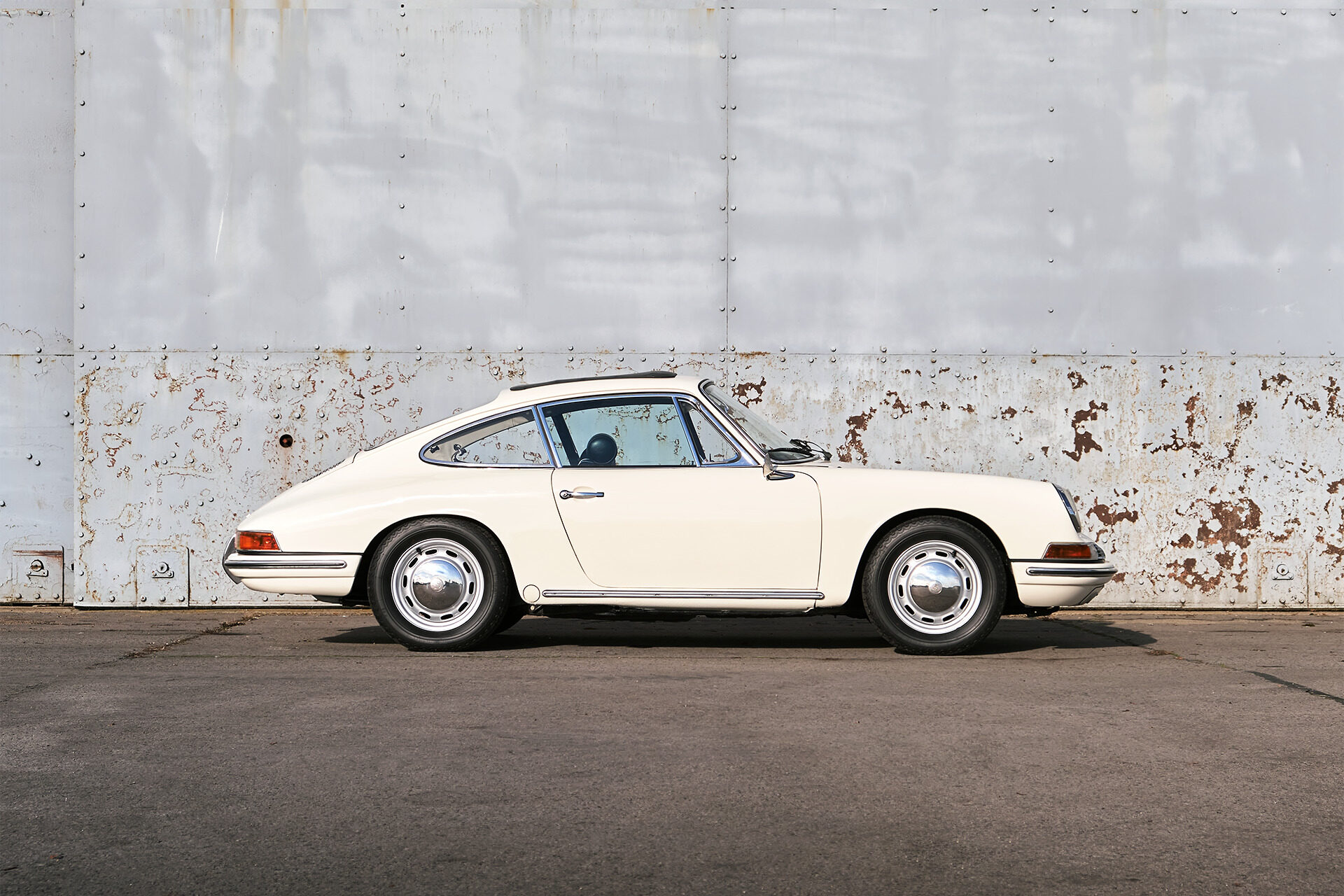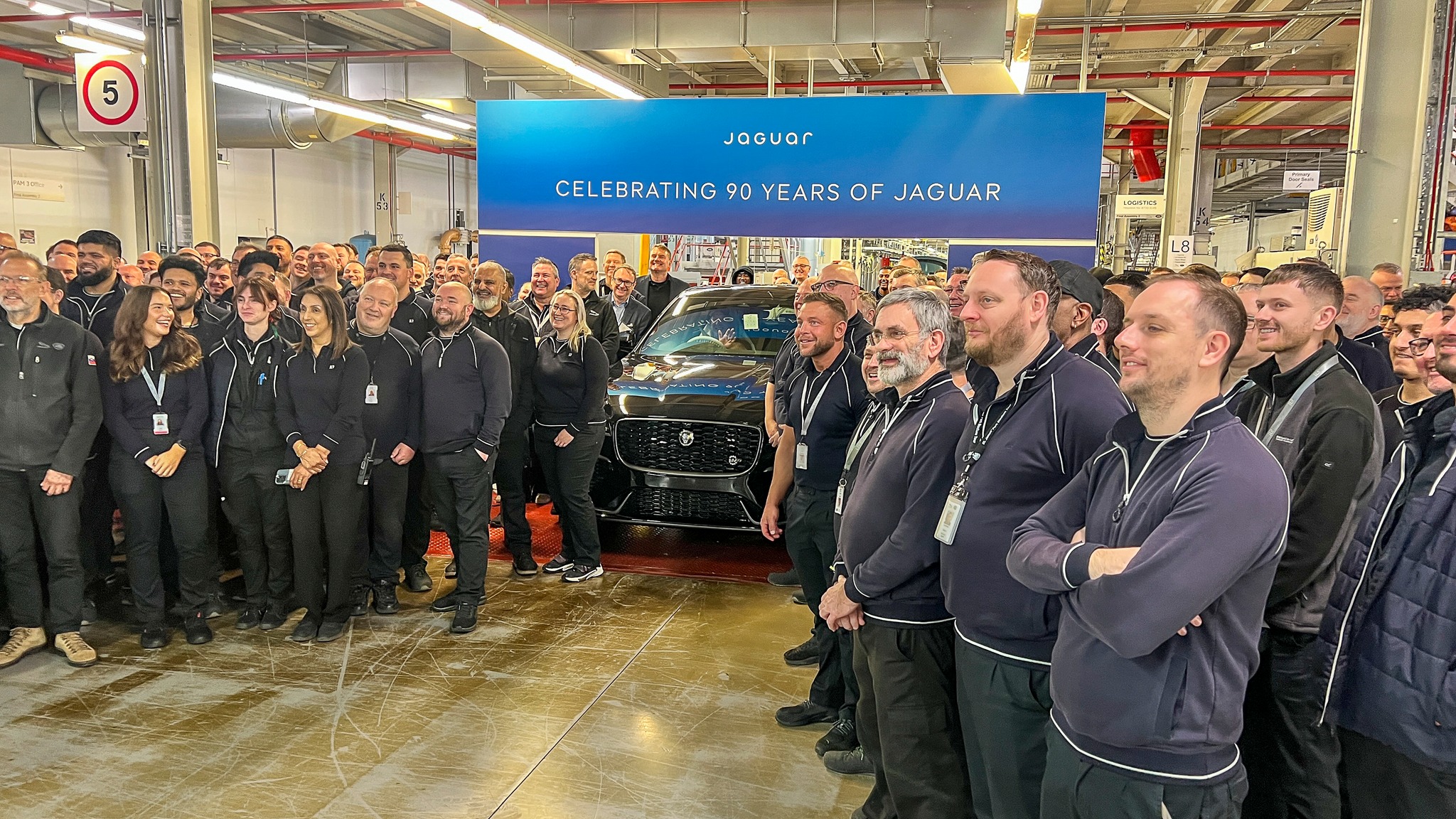Retro Rides’ Market Analyst Cliff Chambers has owned lots of interesting cars and helped other people buy plenty more. Here he shares advice that will be valuable to anyone in the market for their first Classic vehicle.
Stepping into the world of classic car ownership is a bit like acquiring a new pet.
Cute at first, fussed over and admired by all and with any misdeed immediately forgiven. Buying on appearance or reputation can be a mistake though, especially if the new addition doesn’t fit your lifestyle or ability to care for it properly.
Look through the online classified sales sites, or pop into an auction, and the array of older cars available is amazing.

MGB Roadster – Image: wheelsage.org
Bureau of Statistics figures for 2023 confirm that the Australian ‘carpark’ of registered cars and light commercial vehicles now numbers around 19 million. Of these, 10.7 percent were built before 2002 and a third of those – around 650,000 – can be considered ‘classic’.
Australians love to preserve our automotive history and bring old cars back to life. We just don’t like spending lots of money doing it, no matter how historic a car may be.
The record price for a rare and very significant Mercedes-Benz recently topped A$212 Million, but here the most paid at auction in recent years has been $2.4 million. Someone did, however, spend more than $11 Million on a numberplate.
Well below that $2.4M barrier you will find thousands of older cars, some of which will fit within your budget and meld easily with your lifestyle.
To make the choice of which model to buy, or whether older vehicle ownership is right for you at all, does involve some analysis.
There are questions to ask of yourself and of the vehicle, making sure you have the temperament and resources to take on an ownership task that can at times be costly and more than a little frustrating. You also need to be sure that the model you choose truly suits your needs.
TEN `DO’S’ FOR FIRST TIME CLASSIC BUYERS
CHECK THE POSSIBILITIES
Fixation is the enemy of every classic car buyer. Unless you subscribe to Holden v Ford, Jaguar v BMW myopia, consider a range of possible models before making your final decision.
Help is available via the shelves of any news agency, with magazines dedicated to specialist vehicles showing what’s available in your price range. They will also carry advertisements for upcoming auction sales, where even more possibilities arise.
Then there are the online auctions and classified sales sites where thousands of cars change hands every week. Through these sites you can even register for alerts when a model on your ‘desirables’ list appears in the market.

Peugeot 205 GTi – Image: wheelsage.org
MAKE A LIST
This one seems utterly logical, but a lot of people blunder into dealer yards and online classified sites not really knowing what kind of vehicle they want.
When making list, write the amount of money you think you should be spending on a good example. If you don’t know, then you need to consult the Retro Rides Value Lists or watch some online auctions to judge how vehicles you like are performing in the market. If you see one that is significantly lower or higher in price, ask why.
On the other side of the page write a single sentence in answer to the question ‘Why would I want to own this car?’ If the only answer that comes to mind is ‘Because I like them’ then be very cautious when choosing.

Check the internet for cars for sale
MAKE SURE IT FITS
Once the shopping list of potential purchases is set in gold, consider how each car will suit your lifestyle and where you live. A pristine Mini Cooper S might rekindle childhood dreams but won’t be well-received when trying to cram the family inside for a country drive.
Likewise the huge American models that will accommodate everybody but may not get up your driveway without scraping. Even if they get inside there’s a good chance the garage door won’t close behind them.

DRIVE BEFORE YOU BUY
Whether buying privately or through a dealer make sure your `test drive’ is more than a five-minute whirl around the block with a salesperson at the wheel. Private owners who plead ‘insurance restrictions’ and will only offer a chauffeured excursion up and down the street will likely be hiding flaws as well.
If you still like the car, arrange to have it assessed by a licensed mechanic – preferably one who specialises in the brand – who won’t be excluded under any insurance policy or consignment arrangement.
Auctions typically don’t allow test drives, which is one reason cars sold at auction are cheaper than those in a dealer’s stock or offered privately. You should still be allowed to start the engine though, check gear selection and the feel of the brakes while looking for fuel, oil or coolant leaks.
Test driving not only reveals faults, it also lets you confirm that you’ll be comfortable in your chosen classic.
If the seat won’t move far enough to stretch your legs, or when it does the kids get kneecapped, then a bigger car is probably needed. If there is a vibration through the steering or the gearshift action is tricky then try a different car because those flaws could be peculiar to just that vehicle.

CHECK IT OUT
It’s axiomatic that any used car needs a pre-purchase examination, but with specialised vehicles this means more than turning up with a trolley jack, torch and magnet.
Engaging a specialist to evaluate your purchase will cost money but represents a miniscule outlay when compared with the cost of rectifying faults that your amateur inspection might miss.
Cars which are being sold cheaply and unregistered can be just as stolen as expensive ones, so use the VIN or Chassis Number to run an Encumbered Vehicle check.

FIND THE MONEY
Using cash that is sitting in a savings account is the best way to fund a vehicle that will provide enjoyment without doing much to earn its keep.
Sales of special interest vehicles boomed during the Covid-19 epidemic, mainly because interest rates on savings were virtually zero and other means for recreational spending were heavily restricted.
However, if your only means of funding a classic is to use borrowed money, consider very carefully the long term costs.
Banks and other financial institutions tend to view classic cars as risky expenditure and will either say ‘no’ or lend the money at their highest available interest rate.
Home equity loans might be a better source of finance for such `indulgences’, but get some independent financial advice before drawing money that will increase your interest charges and maybe your repayments for years to come.

INSURE IT
Since the 1970s when just two small companies catered specifically to the ‘vintage’ car market, specialist insurance has flourished and so has the variety of cars eligible for cover.
The specialist vehicle insurance market now boasts half a dozen major participants plus brokers who can organise cover for anything from brass-era veterans to brand new exotica.
Traditional classic insurers offer basic cover which includes agreed value, your choice of repairer with a guarantee and salvage retention on older cars.
This allows owners to keep their damaged vehicle as a source of parts or maybe have it repaired. Some insurers offer lower premiums if the vehicle is sparingly used but may impose high excesses or restrictions on some drivers.

PRICE THE PARTS
Rare, exotic cars being offered at bargain prices will usually belong to people who are sick of forking out enormous sums for repairs and maintenance. Before considering an older car and especially one that’s a bit exotic, check the cost of commonly replaced items and routine servicing.
Also get from a specialised repair shop a list of items that need to be replaced every 10, 20 or 50,000 kilometres. Also ask about the availability and cost of more obscure parts. This will allow you to budget for recurring costs and be prepared if something expensive breaks.

KEEP IT SAFE
If you can’t afford a garage you can’t afford a classic car – it’s that simple. Panels that rust, dashboards that crack and leather that discolours are irritations to owners of recent models but disastrous for those with older cars because replacements are either not available or very expensive.
Don’t believe anyone who tells you that classic cars don’t get stolen. They don’t go missing quite as often but those which do fall victim to theft are rarely recovered intact.
A simple ignition or fuel pump cutout provides some protection, but removing a vital and easily hidden electrical component ensures the car can’t be driven even if the thieves have taken the keys.

PLEASURE BEFORE PROFIT
Economics have no place in the process of choosing a classic car. Such acquisitions need to be tagged For Enjoyment Only and justifying your purchase as an `investment’ is courting disaster. Not even the most experienced classic car dealers can guarantee a profit every time in an unpredictable market.
Choose a car that you like and can live with. if you’re lucky enough to pick one which gains some value during your term of ownership consider that a bonus.








